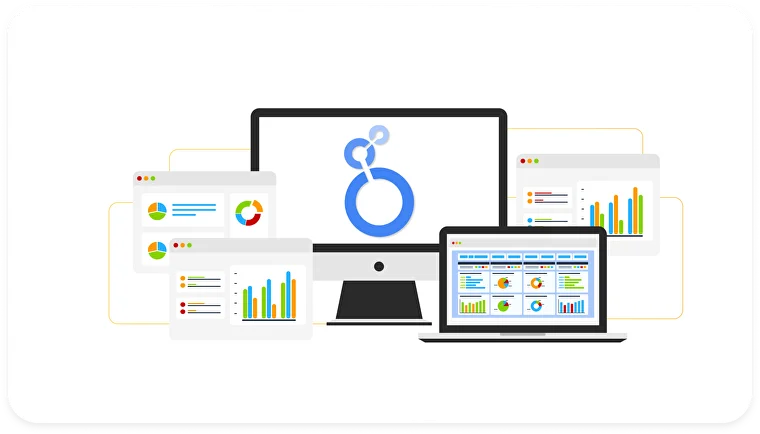Social Media
In today’s rapidly evolving landscape of artificial intelligence (AI) and business intelligence (BI), the accuracy and consistency of data-driven decisions are more critical than ever. However, the variety of data sources, complex structures, and volume growth often hinder organizations from obtaining reliable results from AI. This is precisely where Looker’s semantic layer comes in, offering a solid foundation that brings reliability to AI and analytics processes.
What Is the Semantic Layer?
Looker’s semantic layer standardizes an organization’s data language, creating a single source of truth. This layer is managed through LookML (Looker Modeling Language), where metrics, dimensions, and business logic are centrally defined. As a result, different teams and AI tools can interpret data consistently using the same definitions. For example, the concept of “revenue” is not calculated differently by departments; instead, it is standardized with a single formula across the organization.
Internal testing by Google shows that Looker’s semantic layer reduces data errors in Gen AI queries by 66%. A report by Enterprise Strategy Group (ESG) also highlights that data consistency is the biggest challenge in BI solutions. Looker addresses this issue at its core, minimizing the risk of AI “hallucinations.”
Why Looker’s Semantic Layer?
- Reliability: Enables AI to be trained on business logic instead of raw data. Accurate definitions of metrics prevent calculation errors and strategic missteps.
- Business Context: AI models better understand user intent through business terms and relationships integrated via LookML. When someone says “sales,” it’s not just raw data—it includes segmentation or geographic filters.
- Governance: Data security policies and compliance rules are automatically enforced even in AI-powered analyses. Sensitive data remains protected, and audit mechanisms stay in place.
- Time-Based Analysis: Complex queries like year-over-year comparisons or seasonal trends are made easier with Looker’s built-in time dimensions.

Data Modeling with LookML
LookML, Looker’s modeling language, allows you to define the structure and logic of your data. This simplifies complex data structures and enables users to access the information they need easily. Additionally, measures and dimensions defined once in LookML can be reused organization-wide, increasing data consistency.
The Key to Data Security in Generative AI
The semantic layer reduces AI “hallucinations” by ensuring AI responses are based on managed and consistently defined data. This helps AI and data agents gain a deep understanding of your business language, metrics, and relationships—so they can accurately interpret user queries and deliver relevant responses. Furthermore, by applying your existing data security and compliance policies in AI environments, sensitive information is protected and data access remains auditable.
In this era where data reliability is of utmost importance, Looker’s semantic layer enables businesses to fully leverage the power of AI. With consistent definitions, deep business context, and robust governance capabilities, organizations can not only analyze data but also develop the right strategies. At Marker Groupe, we see Looker’s semantic architecture as a strategic tool to help our clients build a solid foundation for AI-powered business intelligence solutions. The competitive edge of the future lies in having reliable data and accurate insights.
For information about Marker Groupe’s development services, please contact us via the MarkerGroupe.com website or by e-mail at hello@markergroupe.com.




